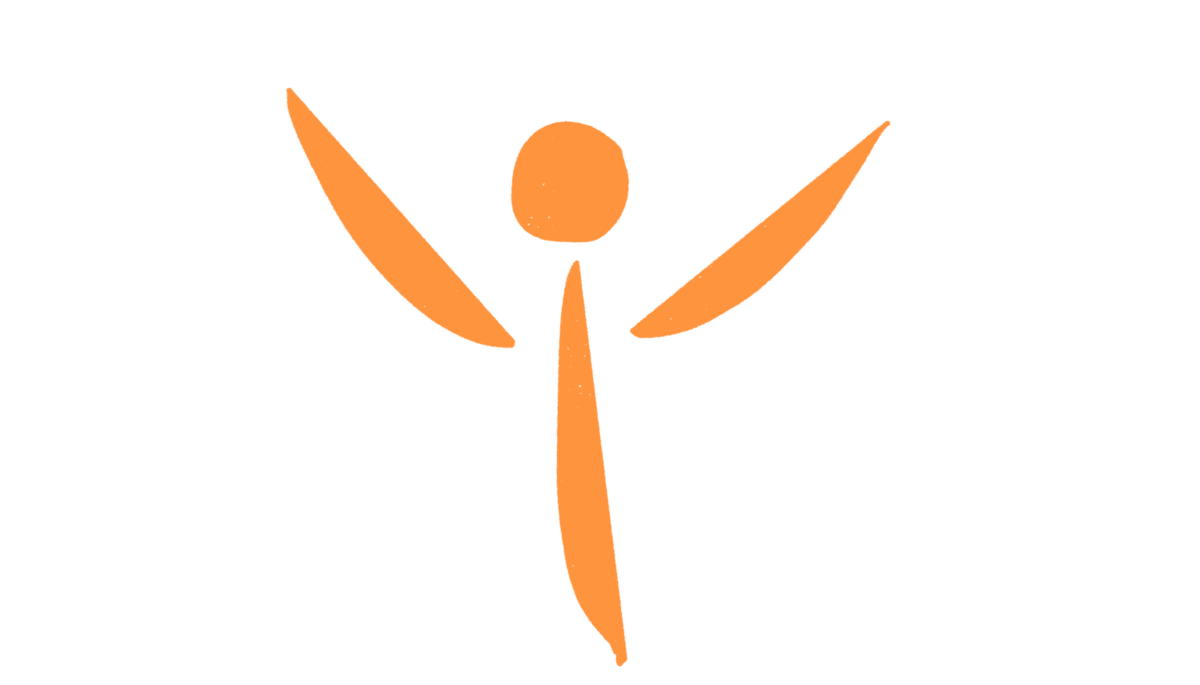He does not believe, who does not live according to his belief.
Thomas Fuller

How do your beliefs impact the perception you hold about reality?
- Little or not at all?
- They have some effect?
- High?
- Total. My beliefs absolutely define how the reality of my life is, the good aspects, the not quite so good and the most challenging?
Think again about the journey of you becoming you.
We are Born

We begin to learn and form beliefs about reality, from direct experience and from what the big people around us teach us to believe. We are very trusting of the big people😯😀
We learn to believe in our beliefs as they help us build a representation of reality.
We learn to trust that representation of reality, because it “works”. We look through the lenses of our beliefs and “see that it is so” and then learn of course, “I am right” and now defend our representation of reality, as if our very life is threatened.

What we ‘see’, becomes true for us, our truth.
We form Points of View, views from a Point!
We sense threat when others disagree with our view on reality (because our representation is, you know, actually real-‘Duh’ 🤷♂️🤷♀️)
Our Amygdala floods the body with cortisol and adrenaline, and we are in ‘fight-flight-freeze acting as if our very life is in real danger with our mature thinking, Prefrontal Cortex shut down! 😖
As this happens over and over again, we are learning that if people disagree with us, we need to win the ‘battle’, otherwise the emotion, the feelings we get in our body, will not be good🤯. The brain learns by repetition and this reinforces the belief ‘I am right.’
So it is, that we become defined, not by the reality that is ‘out there’, rather we are defined by what we believe, what our lenses, perceive…
It is that perception and our consequent representation, which becomes true for us.
Thus we become what we believe, e.g. Needing to be perfect, not good enough, better than everybody else, confident, not confident, able to listen, not able to listen, bullied, bullying, nervous, certain, over-analysing, taking everything personally, etc etc.
- Unless?
- Unless what?
We change our mindset about changing beliefs?
Change your beliefs – Change your life

A question to ask yourself
Is your mind your master? Or Are you the master of your mind?






